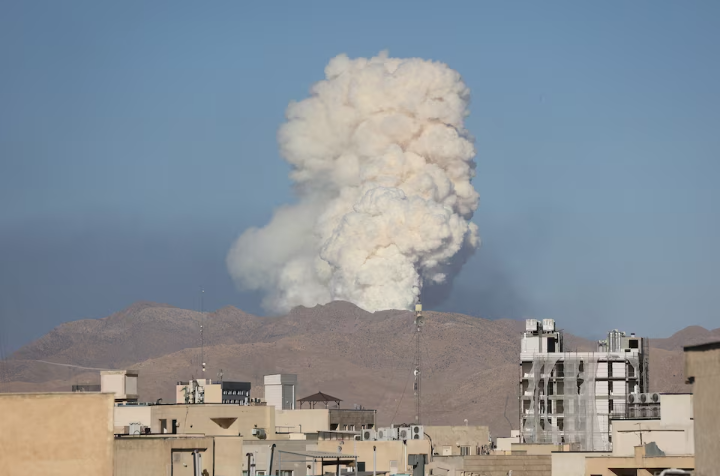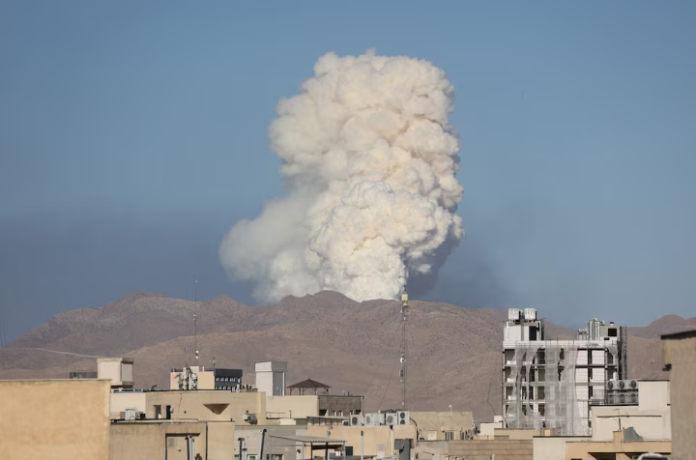The tension between Iran and the United States has reached a critical boiling point, as Iran’s Supreme Leader Ayatollah Ali Khamenei firmly rejected President Donald Trump’s demand for “unconditional surrender.” Meanwhile, Israel continues to strike key Iranian targets with overwhelming force, bringing the region closer to all-out war.
Speaking from the White House lawn on Wednesday, Trump expressed frustration with Iran’s defiance. While he hinted at a possible U.S. intervention to support Israel’s bombing campaign, he remained noncommittal. “I may do it. I may not do it,” Trump said. He added that Iran had previously reached out to explore talks, but claimed it was “too late for discussions.”
Khamenei responded with stern words during a televised speech—the first since Friday—warning that any U.S. military action would cause “irreparable damage.” He emphasized that Iran’s people “will never surrender” to threats, calling Trump’s demands misguided and historically ignorant.
As the diplomatic standoff escalated, residents of Tehran flooded the highways in search of safety. Many fled to towns outside the capital after Israeli airstrikes intensified. Israel confirmed its jets destroyed Iran’s national police headquarters in the latest round of attacks. Prime Minister Benjamin Netanyahu declared that Israel was “systematically eliminating” threats from Iran’s nuclear and missile programs, claiming “control of the skies over Tehran.”
Netanyahu thanked Trump for his support, calling him “a great friend of Israel” and affirming that both leaders were in “continuous contact.” Israel’s military said it carried out airstrikes on 20 high-value targets in Tehran, urging residents to evacuate certain areas for their safety.
Meanwhile, Iran’s UN mission mocked Trump on social media platform X (formerly Twitter), stating: “Iran does NOT negotiate under duress… and certainly NOT with a has-been warmonger.” They denied any outreach to the White House and condemned Trump’s online threats, which had included vague suggestions of targeting Khamenei.
Back in Iran, the death toll from Israeli airstrikes has reportedly reached at least 224, mostly civilians. However, official updates have slowed as the government tries to control the narrative and prevent panic. A public ban on filming bombed areas is now in effect, and internet access is being restricted to “protect citizens from psychological warfare,” according to Iran’s Communications Ministry.

In Israel, sirens rang out again on Wednesday evening as more missiles from Iran entered its airspace. Israeli authorities confirmed 24 civilians have died from roughly 40 missiles that pierced their defenses—part of a 400-missile salvo launched since Friday.
There is also growing concern that Iran could weaponize its control of oil routes. Analysts warn that Tehran might disrupt the Strait of Hormuz, the vital waterway through which a third of global oil passes. Oil prices have already jumped 9% amid fears of further escalation.
Despite this, Iran’s ability to retaliate through its regional proxies—like Hamas and Hezbollah—has weakened following Israeli offensives in Gaza and Lebanon since 2023.
With the world watching and civilians on both sides suffering, the question remains: how far will this conflict go before diplomacy steps in—or it spirals into something even more catastrophic?



